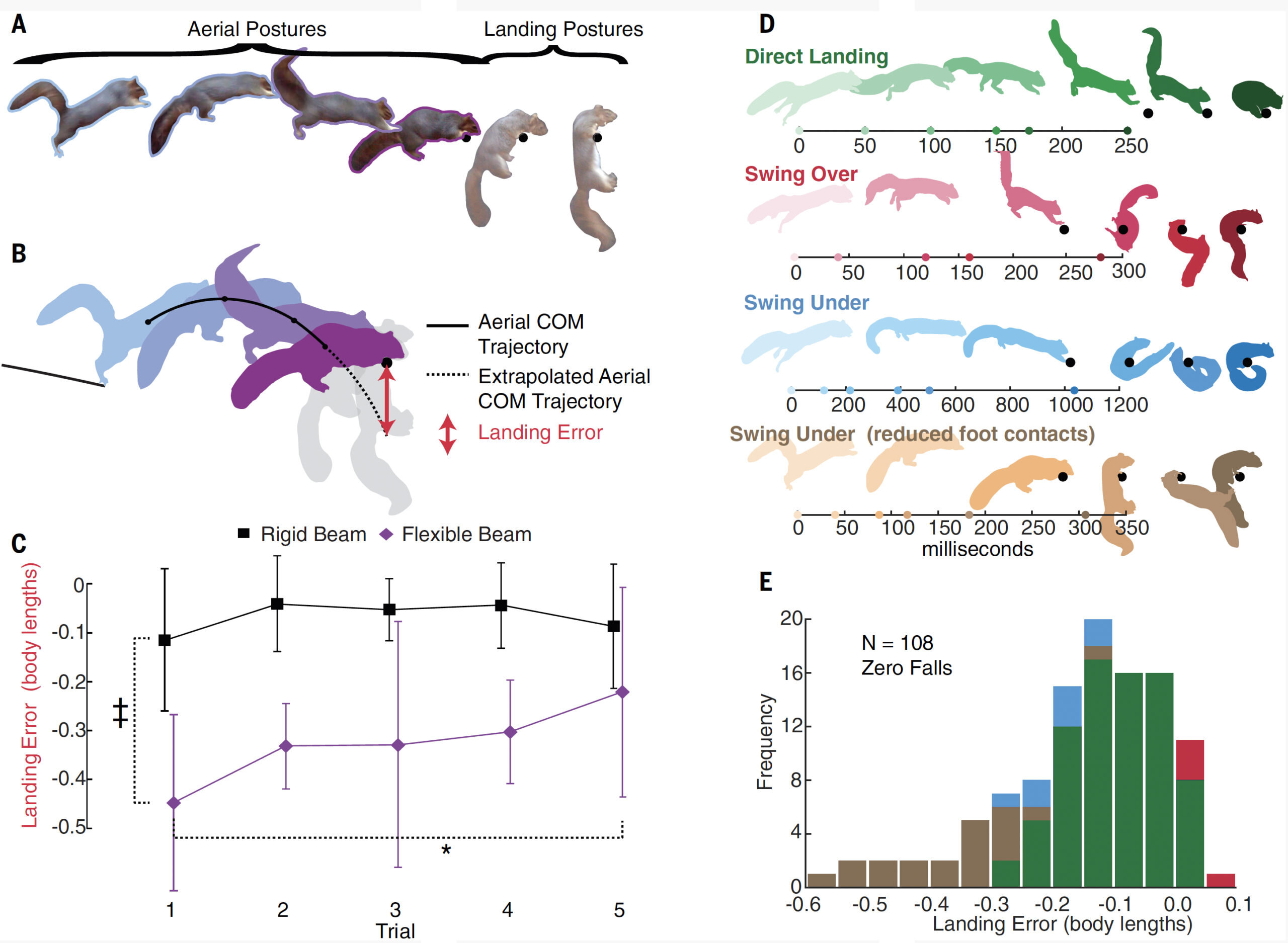Researchers at the University of California, Berkeley, have studied how squirrels jump and land to
The way squirrels move has inspired engineers to create robots that are just as agile.
When we jump, we must follow the movement of ourbody and value the environment. Now we can understand what this control is based on and how it works, thanks to proteins: with the help of these animals, we will make the most flexible and intelligent robots.
Robert Full, professor of integrative biology
In the new work, the authors studied how squirrels behave in free flight, how they learn to jump from different types of places, how they change their posture once in the air, and what they do after landing.
They also drew attention to the fact thatThe thinner or smaller the branch from which the squirrels have to jump, the more careful they are. However, after several attempts, the rodents adapt to this too.

The authors note that when proteins decide tojump, then they evaluate how flexible the branches under them are and what the size of the abyss is under them. And when it turns out that the branch is too shaky or small, the squirrel only needs a few jumps to get used to these new conditions. Such behavioral flexibility, the authors note, is the basis for their deft movement across any terrain.
One of the unexpected observations was that squirrels bounce off a vertical surface during difficult jumps, as they do in parkour.
Based on the collected data, scientists will create universal robots that, like squirrels, will deftly jump and move off-road, for example, in places of natural disasters or accidents.
Read more:
The slowing down of the Earth's rotation caused the release of oxygen on the planet
New particle discovered at the Large Hadron Collider
Scientists have found the oldest example of applied geometry